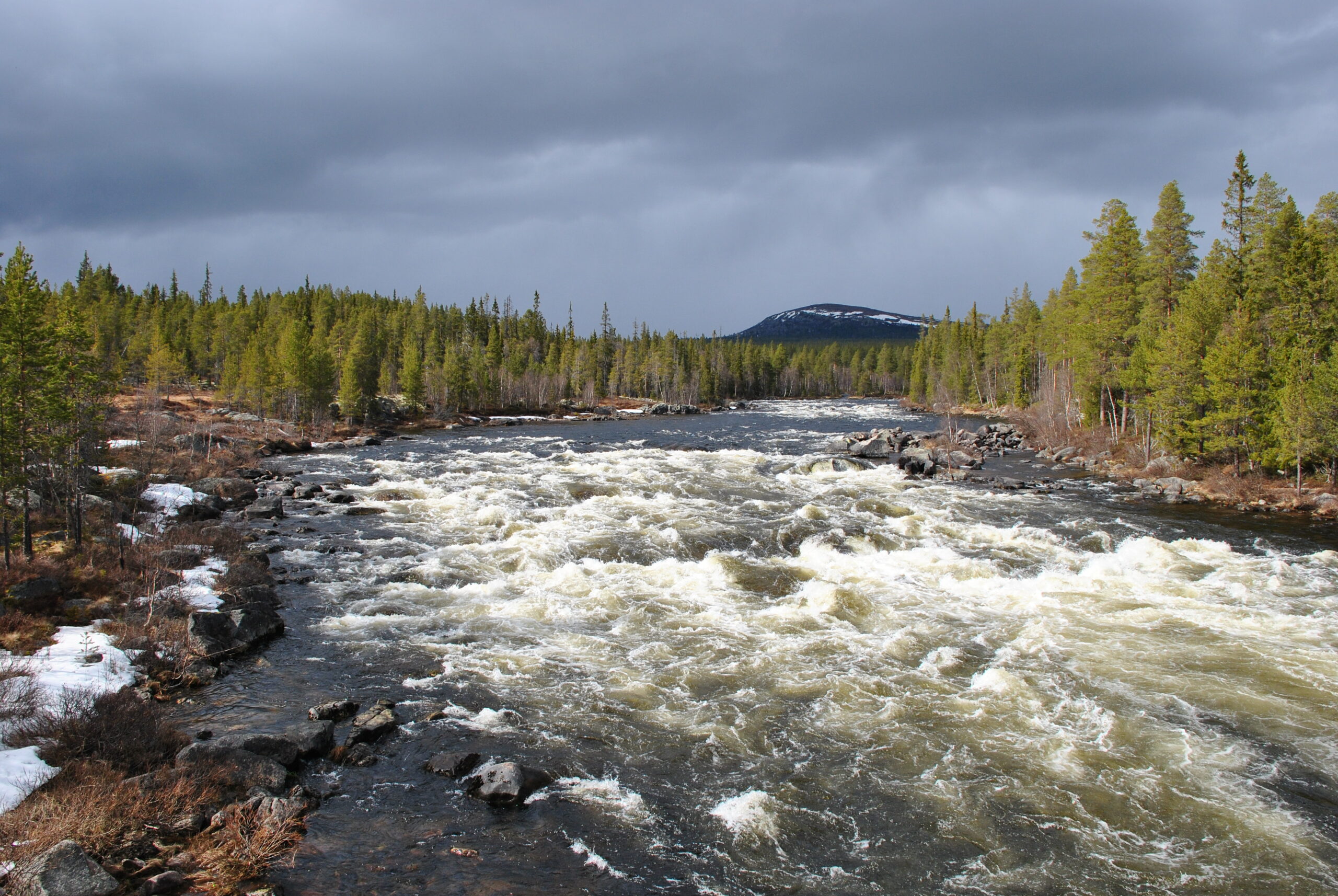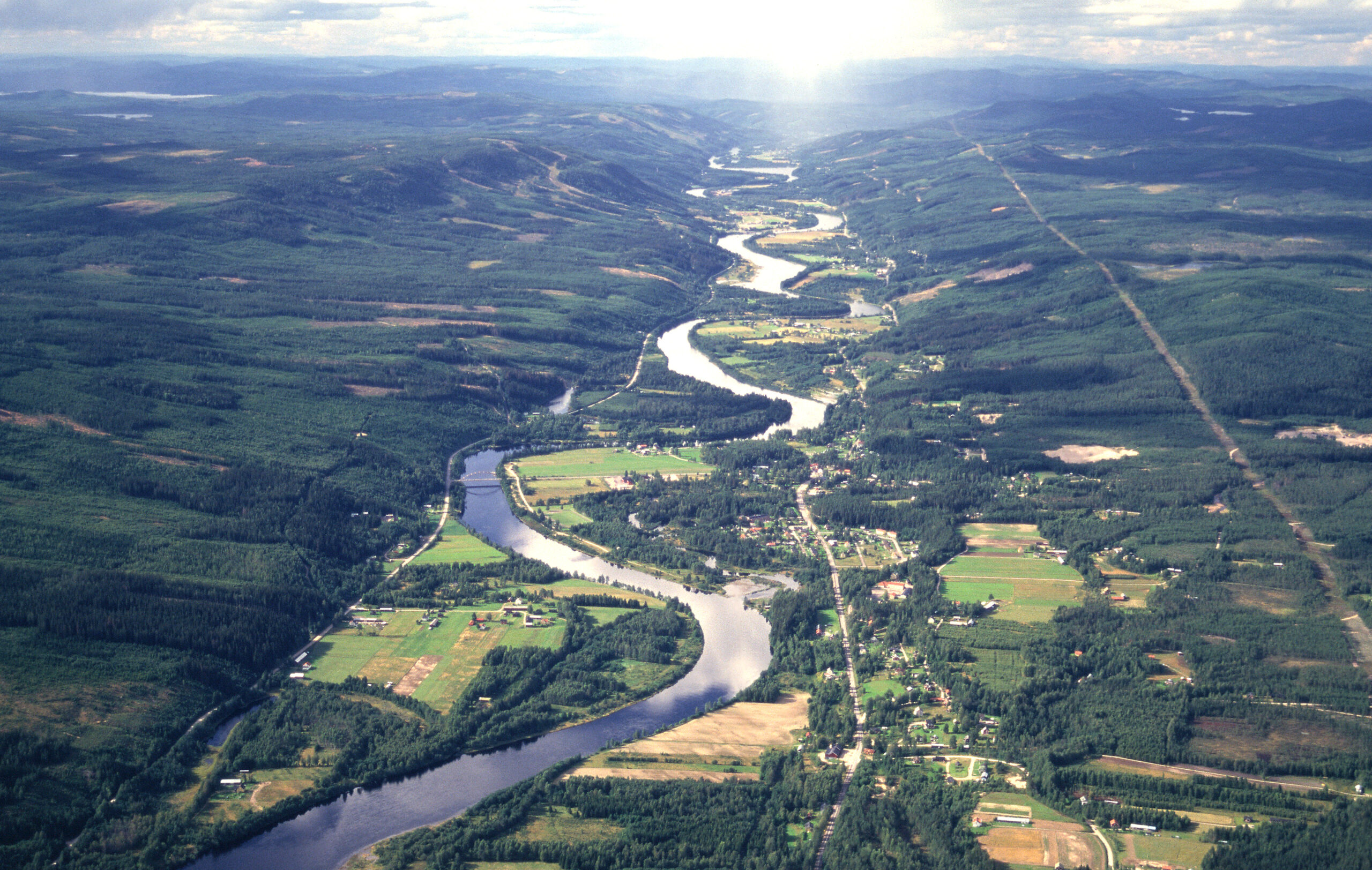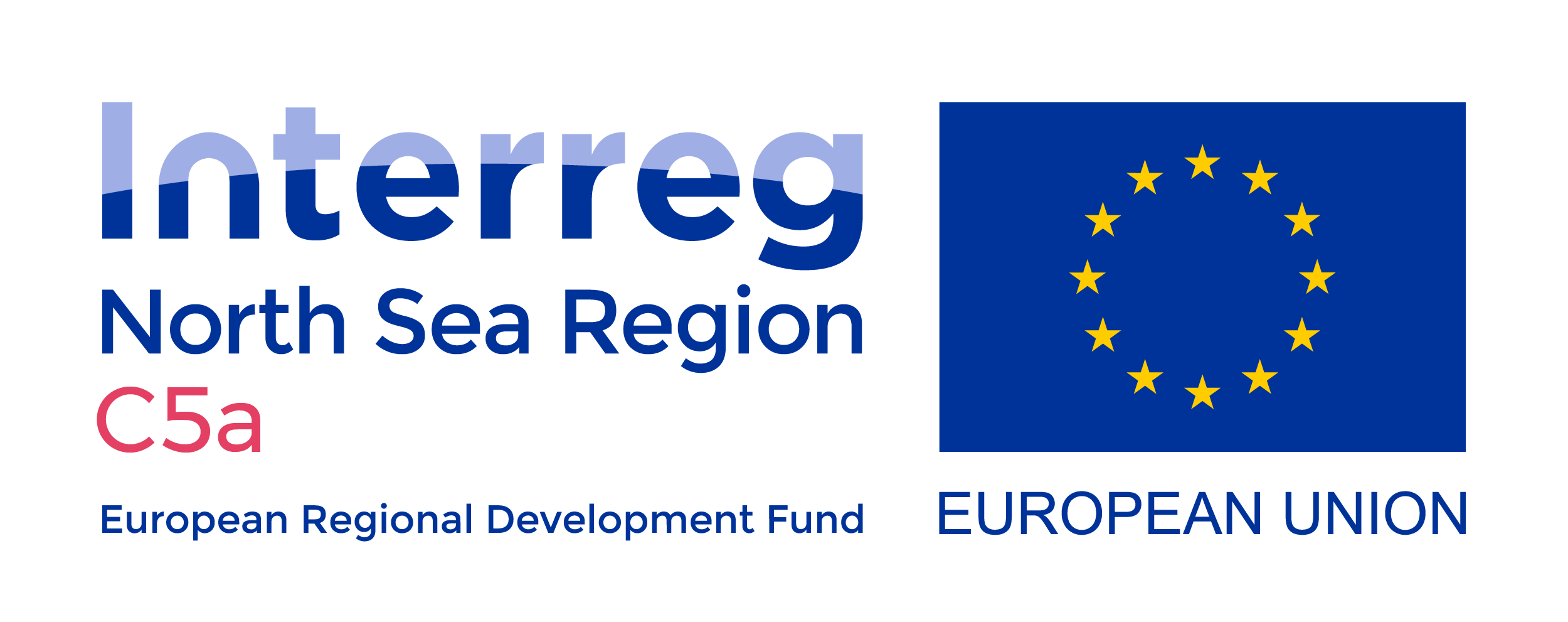Vi använder cookies för att webbplatsen ska fungera på ett bra sätt för dig. Genom att surfa vidare godkänner du att vi använder cookies.
River Klarälven, Värmland
- Location: River Klarälven Värmland, Sweden
- Case Study Lead: Värmland County Administrative Board
- Constituent Systems: Catchment, city and infrastructure networks
Pillars:
What is your case study about?
With its 460 kilometers in length, central location, and powerfulness, the Klarälven River is of great significance for stakeholders and communities in Värmland county, Sweden. While being of great value, the river also offers flood risk, erosion, and landslides challenges. Measures taken to minimize the river’s impact on the surrounding environment and infrastructure must also contemplate other aspects such as biodiversity, hydropower production and cultural heritage, making this a complex and important issue.
Key stakeholders surrounding the Klarälven River (VCAB, SMHI, SGI, and Swedish Transport Administration) explored how a holistic perspective and cooperation across areas could benefit measures and development work. This process aimed to promote collaboration and increase knowledge sharing about the impact of a changing climate on the river’s flow, regulation, and surrounding area.
Three workshops have been carried out, involving stakeholders on both local and national levels: Fortum, Visit Värmland, Karlstad University, Swedish Agency for Marine and Water Management, and municipalities in Värmland bordering the river Klarälven. Through the first workshop, we drew lessons on the impacts of climate change in the area on different sectors. With those results as a basis, the SMHI produced a flow modulation. The purpose was to deepen knowledge about how different common types of flows will be in the future. We discussed a vision for the Klarälven area in the second workshop, and in the third workshop, we discussed and evaluated potential measures for two real cases in the area.
Which pillars have you focused on and why? How do you assess the pillars?
The whole-system approach is one of main the Cloud-2-Coast pillars applied in the Klarälven case. The process identified a need for less silo-thinking between organizations and a growing need to work together to meet tasks and to continually create value, since often time, actors only focus on their own activities and do not have knowledge about what other stakeholders do.
To work with a whole-system approach, diverse stakeholders from different sectors came together in workshops and discussed the impact of climate change on the river Klarälven and the effects on their work. Everyone took an interest in each other’s views on threats and opportunities and learned that much of their work is connected. It also led to the stakeholders gaining new knowledge, new insights and new contacts that they will hopefully bring with them in future work.


What have been the benefits of applying those pillars?
Compared to the traditional silo-thinking, using a whole-system approach has many advantages. New types of measures can be created which are more multi-functional. The stakeholders who have participated in the workshops testify the social or governance benefits as follows:
“I have learned more about the perspectives of others. That authorities and municipalities at the overall level have the same goal, about sustainability and that you should have a dialogue, and when you discuss details, it starts to get interesting.”
– Stakeholder from Hagfors municipality
“I think it is important to gather different knowledge around a table and talk about it at an early stage. There is a lot of knowledge in the various organizations, take advantage of it when you are planning great things”
– Stakeholder from FORTUM
The result from the flow modelling gave us important input to how future flows might occur, but it also gave us another key outcome; what we don’t know about the river and which research we are missing today.
Karin de Beer, Värmland County Administrative Board




